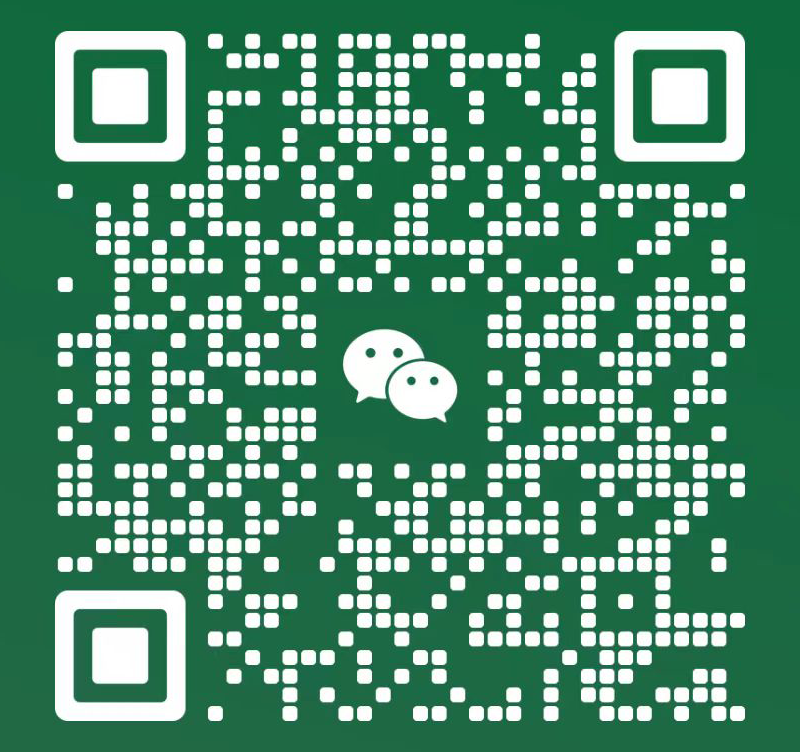In the field of education, the use of educational tools has become increasingly important in facilitating effective teaching and enhancing the learning experience for students. Educational tools, also known as teaching aids or instructional materials, r光具座efer to any resources or equipment used to support and supplement the learning process. These tools come in various forms, such as visual aids, audio-visual materials, manipulatives, and digital resources, and are utilized across different educational settings including schools, colleges, and online光具座 learning platforms. The significance of educational tools in learning can be attributed to their ability to engage students, promote active learning, and cater to diverse learning styles and abilities. Through the integration of educational tools, teachers are able to create dynamic and interactive光具座 learning environments that encourage student participation and exploration. Visual aids, for example, can help clarify complex concepts and make abstract ideas more tangible, while hands-on manipulatives enable students to interact with and understand abstract mathematical and scientific principles光具座. Furthermore, educational tools play a crucial role in fostering creativity, critical thinking, and problem-solving skills among students. By providing a multi-sensory learning experience, these tools stimulate interest and motivation, and enable students to develop a deeper understanding of the su光具座bject matter. Additionally, educational tools have proven to be effective in accommodating diverse learning needs and preferences. For instance, students with visual and auditory learning preferences can benefit from the use of multimedia resources, while tactile learners can engage with hands-on ma光具座terials to enhance their understanding. Digital educational tools also offer personalized learning experiences and adaptive feedback, allowing students to learn at their own pace and receive targeted support. Moreover, educational tools have the potential to bridge the gap between theoretical knowle光具座dge and real-world application. By incorporating simulations, virtual reality, and interactive software, students can gain practical skills and experience through hands-on exploration and experimentation. As technology continues to advance, the range and capabilities of educational tools are expandi光具座ng, offering new opportunities for innovative and immersive learning experiences. However, it is essential for educators to select and integrate educational tools thoughtfully, considering their relevance to the curriculum, alignment with learning objectives, and accessibility for all students. In c光具座onclusion, educational tools are invaluable resources that contribute to the enrichment of teaching and the enhancement of learning outcomes. By leveraging the diverse range of educational tools available, educators can create inclusive, engaging, and effective learning environments that cater to th光具座e needs of all students and foster a lifelong love for learning.



 客服
客服